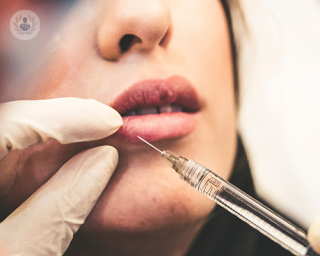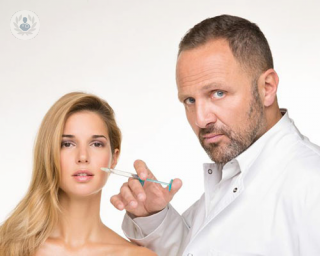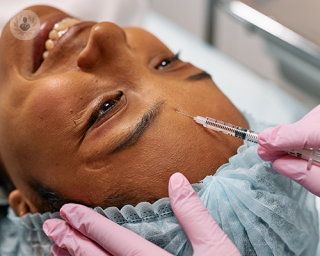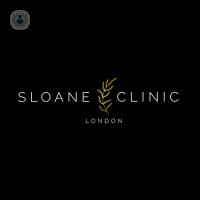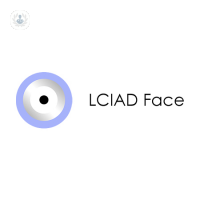Dermal fillers
Dr Rachna Murthy - Ophthalmology
Created on: 11-13-2012
Updated on: 02-23-2024
Edited by: Conor Lynch
What are dermal fillers?
Dermal fillers are one of the most popular treatments used in cosmetic surgery in this day and age, due to the pleasing results they offer without the need to undergo a surgical intervention. The results are achieved by non-invasive techniques, with no risks or secondary effects.
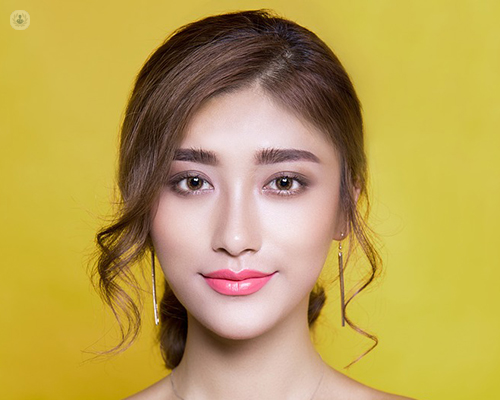
The fillers are used to eliminate wrinkles and deep facial folds, volume replenishment, or simply to rejuvenate and revitalise the skin. The infiltrations consist of hyaluronic acid, polycaprolactone threads, polylactic acid, calcium hydroxyapatite and tricalcium phosphate, collagen, or fat fillers.
All fillers are applied under local anaesthesia, and can be applied as a complement to other treatments, such as facial surgery or botulinum toxin.
Why would you do it?
Dermal fillers are used to rejuvenate and revitalise the skin on the face. The different types of infiltrations help skin recover its natural feel and also restore ageing signs. This is achieved by recovering lost volume, highlighting cheeks or cheekbones, and eliminate wrinkles and facial folds.
The fillers help to reduce the loss of tissue elasticity that manifest as a consequence of ageing by getting rid of of sagging skin, loosened skin, and a lack of facial skin firmness.
What do dermal fillers involve?
There are various techniques using different filling material infiltrations, which are used depending on the area to be treated, such as the type of wrinkle, the location or the depth.
- Tunnelling technique: the needle is inserted toin the skin and, through applying a product at the same time, the needle is removed.
- Point technique: used for more difficult areas such as dark circles around the eyes, cheekbones, and temple.
- Stretching technique: only one injection point is made to allow changing of the direction of the needle, in order to inject with ease and accuracy.
How can you prepare for a dermal filler?
Before undergoing this treatment, your doctor will explain exactly what is involved and set adequate expectations. There is no specific preparation required.
What does recovery involve?
Dermal fillers are also popular as they pose minimal risk, and the main concern after the procedure is the local inflammation reactions that can appear after the treatment, such as irritation or pressure. However, these symptoms are only temporary.

